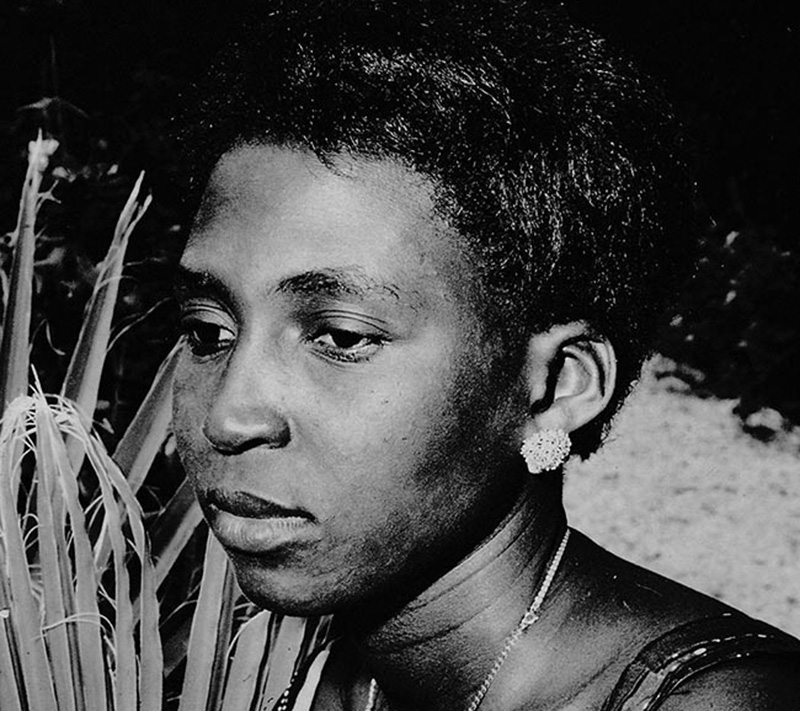“So Long a Letter” is a novel written by Senegalese author Mariama Ba that was published in 1979. It is written as an epistolary novel, with the main character, Ramatoulaye, writing a letter to an old friend, Aissatou. The novel portrays the struggles and challenges faced by women in Senegalese society, particularly in the areas of marriage, divorce, and widowhood.
One of the key themes in the novel is the lack of autonomy and agency for women in their marriages. Ramatoulaye and Aissatou are both trapped in unhappy marriages, with husbands who are unfaithful and abusive. Ramatoulaye’s husband, Modou, has multiple affairs and ultimately leaves her for a younger woman. This highlights the way in which women in Senegalese society are often reduced to the status of possessions, with little regard for their feelings or desires.
Another theme in the novel is the impact of divorce and widowhood on women. Divorce is depicted as a difficult and often traumatic experience, with Ramatoulaye describing how she was forced to give up her children as part of the divorce settlement. Widowhood is also depicted as a particularly difficult experience for women, with Ramatoulaye struggling to support herself and her children after her husband’s death.
The novel also highlights the challenges faced by women in terms of education and career opportunities. Despite her intelligence and education, Ramatoulaye is unable to find meaningful work outside the home, and instead devotes herself to raising her children and caring for her husband. This reinforces the idea that women are primarily valued for their role as homemakers, and are not seen as having a place in the public sphere.
Overall, “So Long a Letter” portrays the challenges and struggles faced by women in Senegalese society, particularly in the areas of marriage, divorce, and widowhood. Through the experiences of its protagonist, the novel highlights the lack of autonomy and agency for women, the impact of divorce and widowhood, and the challenges faced by women in terms of education and career opportunities. By drawing attention to these issues, the novel serves as a powerful critique of the patriarchal structures and social norms that limit the lives of women in Senegalese society.
